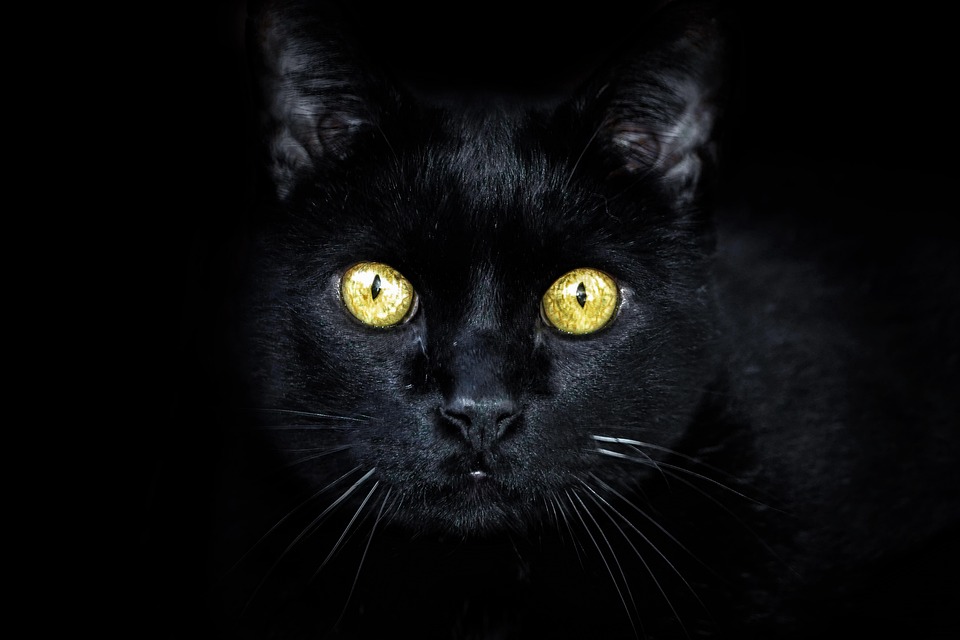In the world of nature, there are countless fascinating creatures with unique abilities that never cease to amaze us. Recently, a groundbreaking discovery has been made regarding a small frog species that exhibits an extraordinary trait – the ability to turn transparent while sleeping at night. This remarkable camouflage technique allows the frog to hide nearly 90 percent of its red blood cells, making it virtually invisible to predators.
Scientists have utilized advanced imaging technologies such as light and ultrasound to study this phenomenon in detail. The process by which the frog becomes transparent involves the frog sealing its red blood cells in its heart, effectively concealing them from view. This adaptation serves as a crucial survival mechanism for the frog, especially during its vulnerable sleeping hours when it is most susceptible to predation.
The small frog, which spends its days hanging under a tree leaf in its green form to avoid casting a shadow and attracting predators, undergoes a remarkable transformation at night. By turning transparent, the frog effectively blends into its surroundings, evading detection and ensuring its safety while it rests. This ability highlights the incredible evolutionary adaptations that have enabled this species to thrive in its environment.
Junjie Yao, a biomedical engineer from Duke University and a co-author of the study, explains the significance of this discovery, stating, „When they are transparent, it’s for their safety. When they are awake, they can actively avoid predators, but when they are sleeping and most vulnerable, they adapt to staying in hiding.“ This adaptive behavior showcases the frog’s remarkable ability to protect itself in the face of potential threats.
Interestingly, upon waking from its slumber, the frog’s coloration shifts to a more reddish-brown hue, signaling the end of its transparent state. Additionally, researchers have observed that the frog is capable of shrinking and consolidating its internal organs during this process, although the exact mechanisms behind this phenomenon remain somewhat mysterious.
While most animals would struggle to survive with minimal oxygen circulating in their blood for extended periods, the frog demonstrates a remarkable resilience to this challenge. Scientists believe that further studies on this species could yield valuable insights into the development of blood clotting mechanisms, shedding light on potential medical applications in the future.
The discovery of this transparent frog adds to the growing list of transparent animals in nature, including various fish, shrimp, mollusks, worms, and insects. However, the ability of this small frog to conceal a significant portion of its red blood cells sets it apart as a truly unique and fascinating creature. As researchers continue to unravel the mysteries of this remarkable species, we gain a deeper appreciation for the wonders of the natural world and the incredible adaptations that enable life to thrive in diverse environments.





